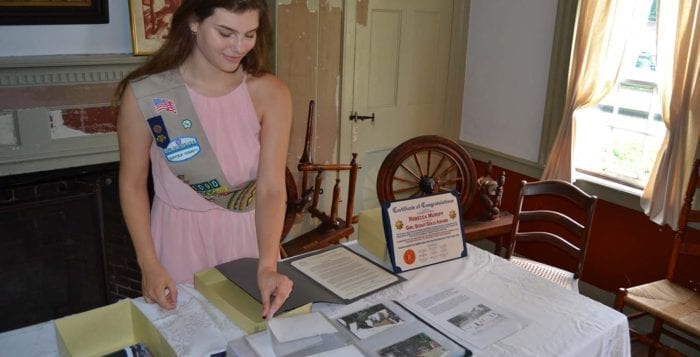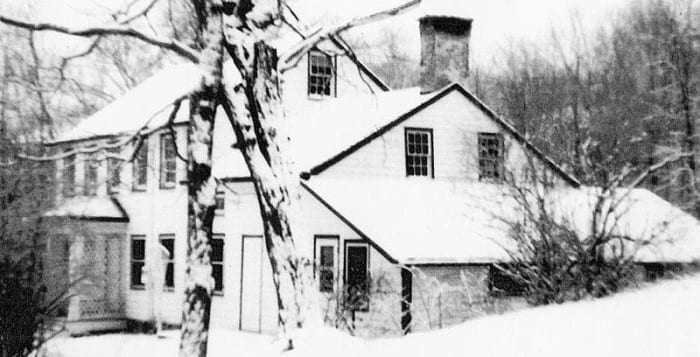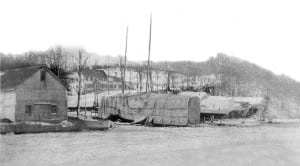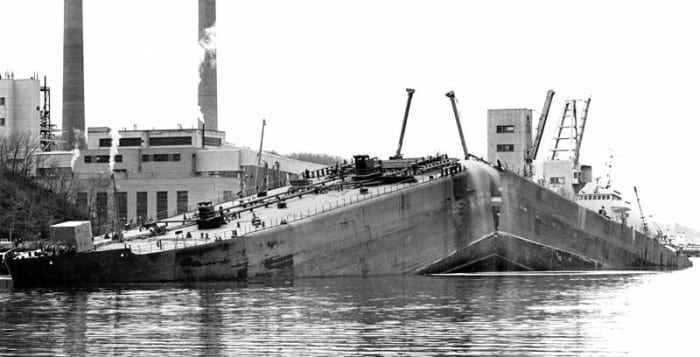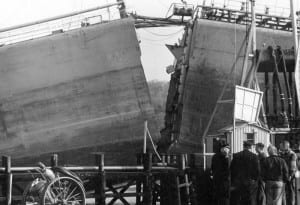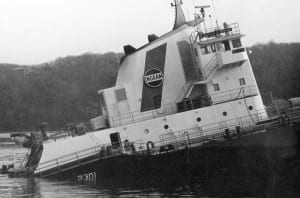A piece of history has been organized and preserved thanks to the hard work of a Mount Sinai teen.
Girl Scouts looking to achieve their Gold Award, the highest honor a scout can earn, are tasked with identifying an issue in their community, conducting research, pitching a project, and shepherding it to completion in a leadership role in the hopes of achieving some greater good for the community. Rebecca Muroff, a Mount Sinai High School student heading into her senior year, stood at the William Miller House, the headquarters of the Miller Place-Mount Sinai Historical Society on North Country Road in Miller Place, Aug. 11 and shared the byproduct of months of hard work as the culmination of her Gold Award project.
Muroff and her family have long enjoyed events held by the historical society, from the annual Country Fair to the local Christmas tradition of passing letters to Santa off to Postman Pete, so exploring a project to help an organization close to her heart was a no-brainer, she said. The Gold Award recipient, beginning in October 2017, sifted through the historical society’s vast collection of old photos amassed since its inception in 1974 to create a pictorial archive, labeling the photos with numbers and a corresponding destination in a spreadsheet, including categories like location, date, names of the people in the photo and any other pertinent comments. The result is a detailed catalog available to visitors who can now quickly and easily find photos of specific people or events dating back decades. Muroff said plans are even in the works to digitize the archive in some manner.
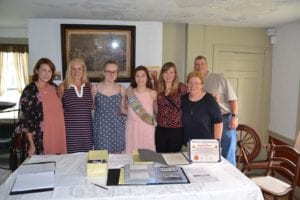
“It shows people as we matured over the years and there are a lot of people — members — that, because we were founded in ’74, have passed or moved away,” said Edna Giffen, the society’s recording secretary and archivist, who Muroff said played a crucial role in working on the project. “I realized there are people in the pictures that I don’t even know. Members will be glad to see this.”
Muroff said she always liked going to events at the society as a kid and reflected on the idea that she’d created something that will enrich visits by future generations.
“It’s just nice I think to have tangible memories of the historical society,” she said. “Now people can look through the pictures and people can see themselves or their family members. It’s a nice feeling to know that I’m preserving history so other people can enjoy it.”
Tara Broome and Gretchen Lynch, Muroff’s leaders in Girl Scout Troop 1090, attended the Aug. 11 event set up to unveil the new photo archive.
“It’s really beautiful because we started with the whole troop when they were in second grade and now they’re seniors in high school,” Broome said.
Lynch added the troop had about 20 members when the girls were young, and Muroff was one of only five to earn the Gold Award.
“We’re almost like second mothers to them really,” she said. “They really persevered and did everything that was asked of them, and they’re like a family now.”
Muroff’s actual parents, Christine and Greg, also beamed with pride over their daughter’s accomplishment.
“It really hit me yesterday when we went to the Girl Scouts store to complete her sash,” her mom said. “I’m so happy she stuck with it.”

